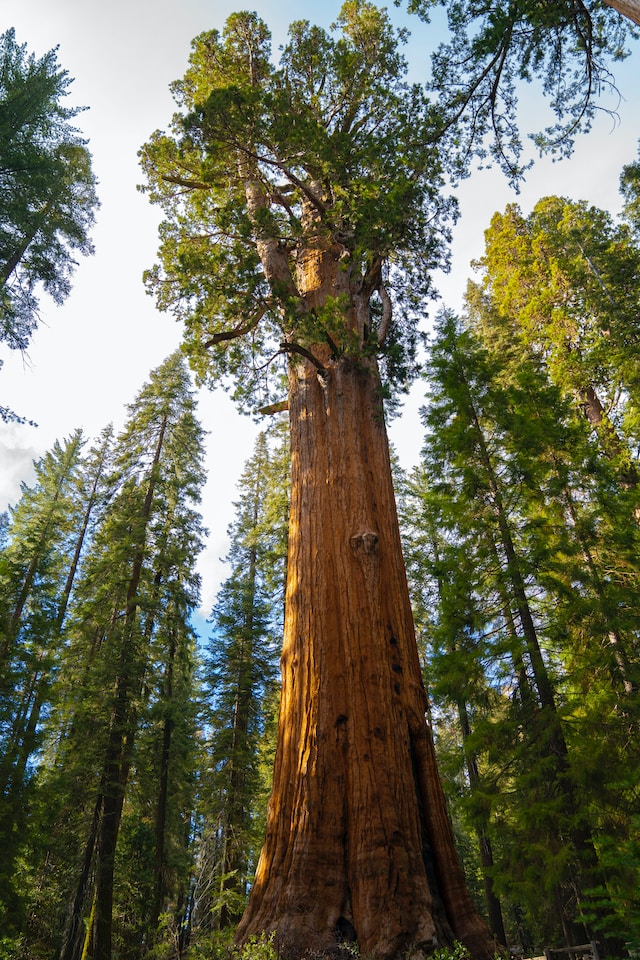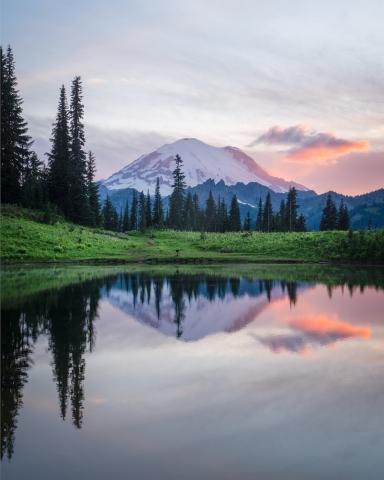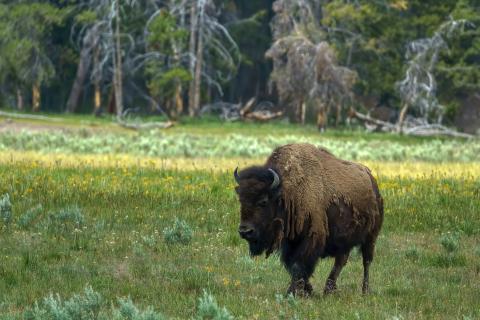Some of the USA's most impressive scenery and fascinating wildlife can be found in its 62 national parks. There's a lot to be learned within the 84 million acres that make up the national parks, but many facts about these natural havens go unknown. Here are three things you didn't know about the US national parks.

1. Sequoia National Park is home to the world's largest living tree
General Sherman is a huge sequoia tree that stands 275 feet tall and measures 36 feet in diameter. Just one of its branches has a diameter of seven feet. It's the largest living tree in the world by volume, measuring an astounding 52,500 cubic feet, and it's growing all the time.
General Sherman is estimated to be around 2,200 years old, making it one of the world's oldest trees too. It draws huge crowds to its home in Sequoia National Park, California. The biggest risk to its future is forest fires, which is why the base of its trunk is wrapped with a protective foil to reduce the likelihood of it catching alight should a fire break out nearby.
2. The largest free-range bison herd in the US lives in Yellowstone National Park
Bison have lived in Yellowstone for a long time, but their population fell to dangerously low levels in the late 1800s and early 1900s due to excessive poaching. In 1902, the Yellowstone herd had dwindled to just 24, but after protections were put in place, the population flourished.
Today, around 5,900 wild bison roam throughout Yellowstone National Park. This makes it the largest free-range herd in the US. Bison are huge, powerful animals, with adult males typically reaching around 2,000 pounds in weight. Despite their enormous size, bison are agile creatures capable of running up to 35 miles per hour and jumping up to five feet high when fleeing from predators.

3. One of the most dangerous volcanoes in the world is in Mount Rainier National Park
Mount Rainier in Washington is an active volcano that is considered one of the most dangerous in the world due to its likelihood of eruption in the near future. It's one of 16 volcanoes that make up the Decade Volcanoes, which are those considered worthy of study by the International Association of Volcanology and Chemistry of the Earth's Interior (IAVCEI).
25 major glaciers surround Mount Rainier, and if the volcano were to have a significant eruption, the ice of these glaciers could melt and produce enough water to trigger large, highly destructive flows of debris and mud called lahars. Rainier's most recent lahar occurred around 500 years ago. Should another one take place, the towns surrounding the volcano could be completely destroyed. Thankfully, the Washington State Emergency Management Division has a hazard plan in place to evacuate at-risk communities in the event that a lahar is detected.
There's more to learn about the US national parks
There are incredible sights to see in the US national parks, but you can also learn much about America's geography and landscape by simply reading about these special regions. Each park has its own unique climate, ecosystem, and array of fascinating facts. Why not teach yourself some more about your nearest national park?

